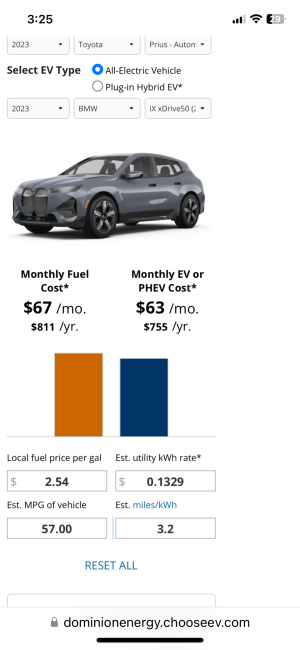Lots of great points in this post. Thanks for putting into words what many others are probably thinking.I have never owned an EV, so I have a ton of questions, and a lot of thoughts about the EV world (some are probably wrong). A lot of members like @J Alynn have been really helpful without judging my lack of knowledge. If Scout would have been another Rivian I would have appreciated the design but never put down a deposit. The Scout Traveler and Terra seem really thought out with a combination of hard buttons and technology. But the Harvester package is what really sold me, if it’s done right. Scout has a chance to really change the EV world, and I think they are close. If Scout can convince somebody like me to buy one, that’s huge!
Scout really is meeting the market with these vehicles, and in particular, the Harvester. We are still in that transition period where EVs have shown some incredible benefits and some people are ready, or have already made the switch. For many others, there are factors like range anxiety, unfamiliarity, skepticism, etc that are keeping them from going full BEV at this point. The Harvester is the olive branch, or bridge to the EV world that will open up the possibility of EV ownership to so many that would never have considered it without the option.
The thing to keep in mind is that we are just talking about the initial lanch vehicles that will be here in a couple years. Think long term about all the new EV owners who were convinced by the Harvester initially, then 3, 4, 5, 10 years down the road when it's time for their next vehicle, charging infrastructure will be improved, battery technology will be improved, range will be better, and those people who were unfamiliar with EV tech, driving experience, etc before will now be seasoned veterans. I'd be willing to bet that at that point, many of them will choose a full BEV (hopefully another Scout) for their next vehicle purchase.
You could almost think of the Harvester as a set of training wheels for the transition period to widespread EV adoption.


